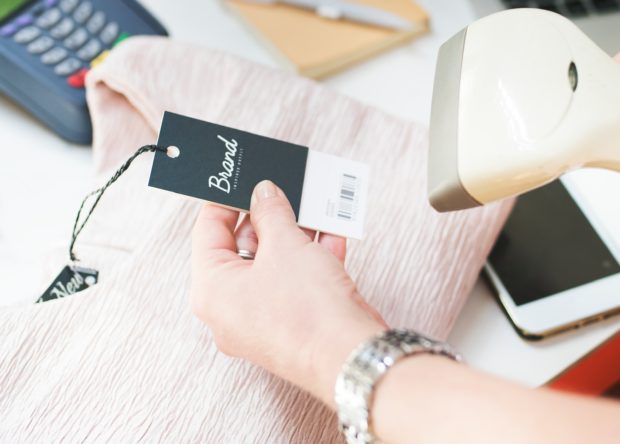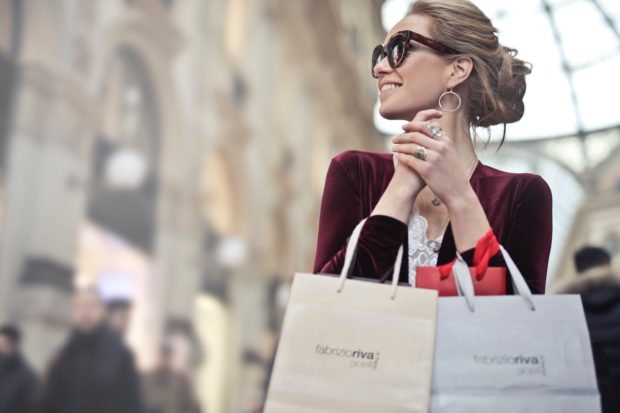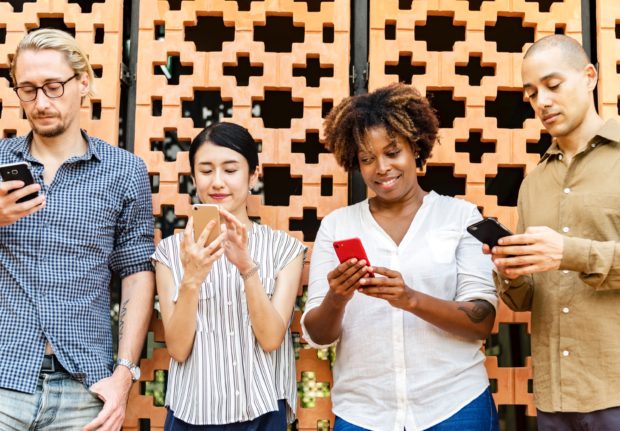If you stop to think for a minute, the pace at which the world around us is changing is nothing short of scary. Sometimes it feels that every year brings with itself yet another technological breakthrough and paradigm revolution. Mobile devices, smartphones, wearables, machine learning, AI, big data, cloud computing, connected devices, the Internet of Things, neural networks – all these things haven’t been around just a little while ago, yet today they seem to be a natural and integral part of our everyday lives, and new, hitherto impossible technology, appears every year.
Of course, this tech cannot but introduce changes into everything it touches – including consumer behavior. Not just in the sense of how people make purchases and find out about new products, but something deeper – how they interact with brands, make decisions and perceive the world. If you ask yourself how exactly tech has changed and continues to change consumer behavior and what it means for businesses, here are a few most prominent examples.
1. Visual search brings brand awareness to a new level
Visual search is a relatively new technology that so far largely went unnoticed (mostly because it still requires some polishing), but it has a potential to dramatically change the way people discover products and brands – probably even the entire way we shop.
Take this example: you are interested in mechanical watches and notice a person wearing a model you find particularly fascinating. You make a photo, make a visual search query and let an AI program based on computer vision and image recognition software sift through millions of images to find the one that looks most like the object you are interested in. After that, you can immediately jump to the choice of stores selling it and place an order. When perfected, this technology will allow you to go from seeing a product for the first time to buying it in a couple of seconds. This opens incredible opportunities in terms of brand recognition and advocacy – in a sense, every person wearing, using or carrying around your product becomes a walking promotion for your brand. The same goes for any image of the product anywhere.

2. Ecommerce has changed customer expectations
In the past, it was a company that defined when and on what conditions it was open for business. If a customer wanted their product, he had to put up with these limitations. Businesses could go an extra mile and be available at irregular hours or something of the same kind, but it was exactly this – going an extra mile.
Today, mobile devices, ecommerce, and globalization have completely changed customer expectations about what is acceptable service and what is not. For example, if a client wants to buy something, he won’t wait. If a company cannot deliver it in a couple of days, he will just take his business elsewhere.
3. Mobile devices make customers connected everywhere
Before the mobile revolution, when somebody had to find information about a business online, they had to use their PC to run a search. Even if the website didn’t load immediately, it wasn’t a big deal – if one was able to wait that long, one was able to wait a little longer. Smartphones ushered the age of immediacy. Now, if customers want to know more about a business or if they want to contact the company, they want to do it immediately, without delays. More than half of retailers’ traffic comes from mobile devices (these account for 40% of Black Friday purchases). Clients interact with businesses everywhere: at work, in their cars, while taking public transportation, when walking down the street, etc. This is the reason why business SMS services are the ideal way to reach clients, since they’re on their phone the majority of their time.
For businesses, it means that you can quickly and easily reach out to customers and vice versa.

4. Chatbots increase expected quality of customer support
In the past, many businesses weren’t able to afford around the clock customer support, and most customers didn’t expect them to have one. The emergence of chatbots has changed expectations on both sides. Today businesses are able to provide answers to most customer queries irrespectively of the time they are received, and clients expect to get immediate answers whenever they contact a business. So far, automation software and chatbots specifically have a lot of room for improvement, but quite often they can provide all the necessary information with the client not even realizing they are not talking to a real human.
5. Social media bring about the new age of social proof
Social proof has always been one of the primary reasons why people bought products or services. If everybody in my circle is using this service or has purchased this product, I feel obliged to do the same. I am justified in doing so.
The rise of social media brought social proof to a whole new level, giving people almost unlimited possibilities when it comes to having glimpses into other people’s lifestyles. It is perfectly expressed in the phenomenon of influencers – non-celebrity bloggers and social media personas who become a sort of representatives, authorities for specific groups of people who are ready to trust their opinions long after they’ve become much too jaded to believe traditional advertising.
Undoubtedly, technology changes the world, people and the way they behave. It is up for businesses to see opportunities in it and capitalize on them before the others do.





